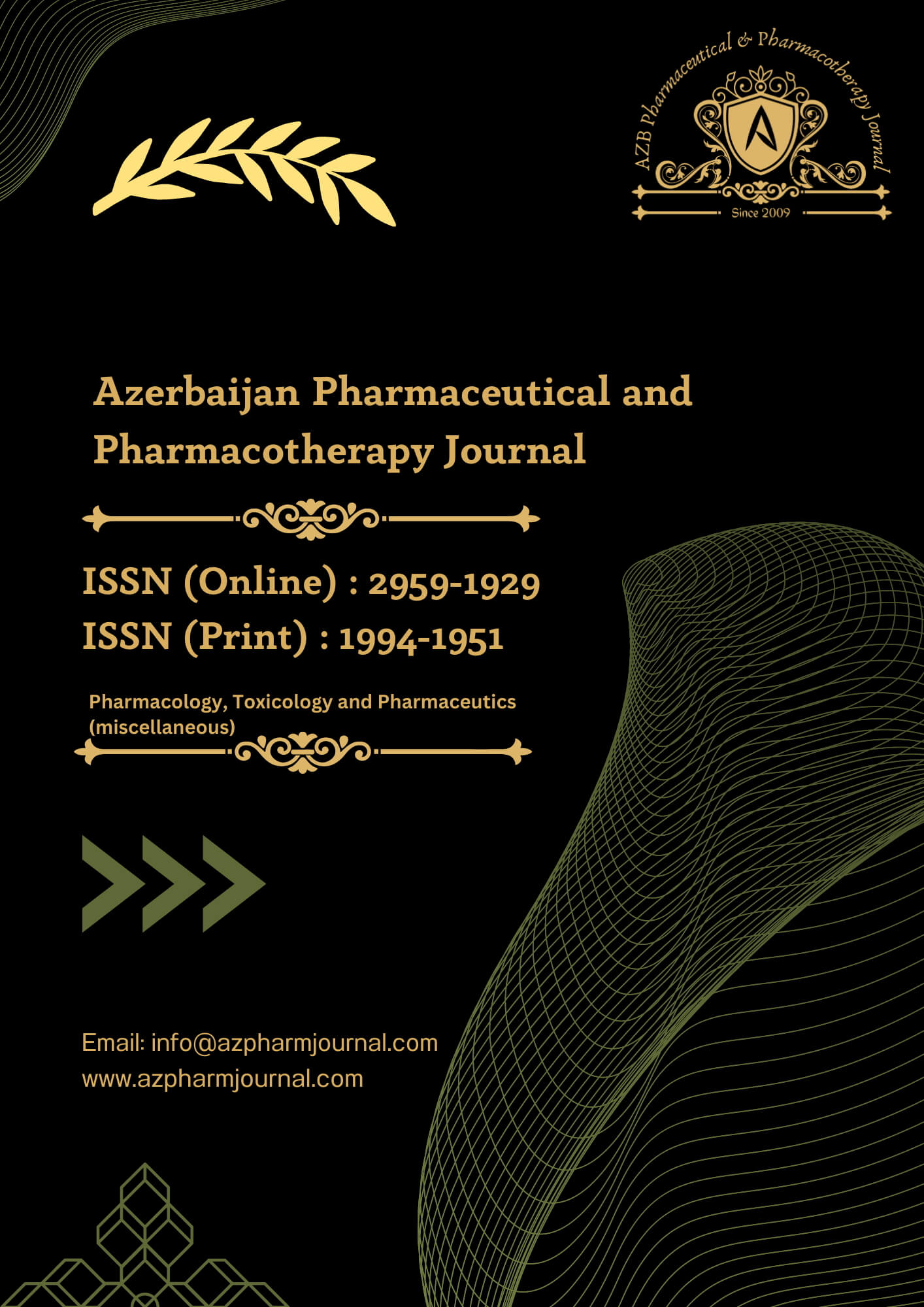In all, eight orthopedic surgeons at the consultant level completed the 500 cases that were reported. After reviewing 500 operation notes, 300 (60%) of them were trauma cases and 200 (200%) fell into elective cases list (Graph 2). While trauma cases varied, elective cases primarily included arthroscopic ACL reconstructions, rotator cuff repairs, knee MCL repair/reconstructions, and lower extremity arthroplasty, Amputations, wound debridement, and implant removal from multiple locations were among elective cases. Trauma cases included mainly fracture fixation surgeries for proximal femur, tibia, humerus, metatarsals, clavicle, phalanx, ankle, femur, distal radius, metacarpals, calcaneum, scaphoid, talus, both bones forearm, and tendon repair/reconstructions.

Each case's surgical notes were handwritten by orthopaedic registrars. As a result, the audited operation notes were written by six orthopaedic specialists with varying levels of experience at the registrar level. In 430 cases (86%) the time was noted, however in 70 cases (14%) the date was not. Every case (100%) had the consultant's name clearly recorded. Nevertheless, there was no record of the name of an assistance in 40 (08%) of the situations where at least one surgical assistant would typically be needed.
There was good adherence to the following: 100% operation documentation, 100% statement of elective or emergency procedure, 93% incision, 90% diagnosis, 85% operative findings, 60% intraoperative problems, 100% closure, and 100% postoperative instructions. Name with signature (88%) and name with 100%, respectively (Figure 3). Information on identifying a prosthesis or implant is typically included on the same page, close to the end of the remarks, but not in the pro forma that is sent. It is concerning that 16% (80 cases) of the handwritten notes contained illegible sections.

